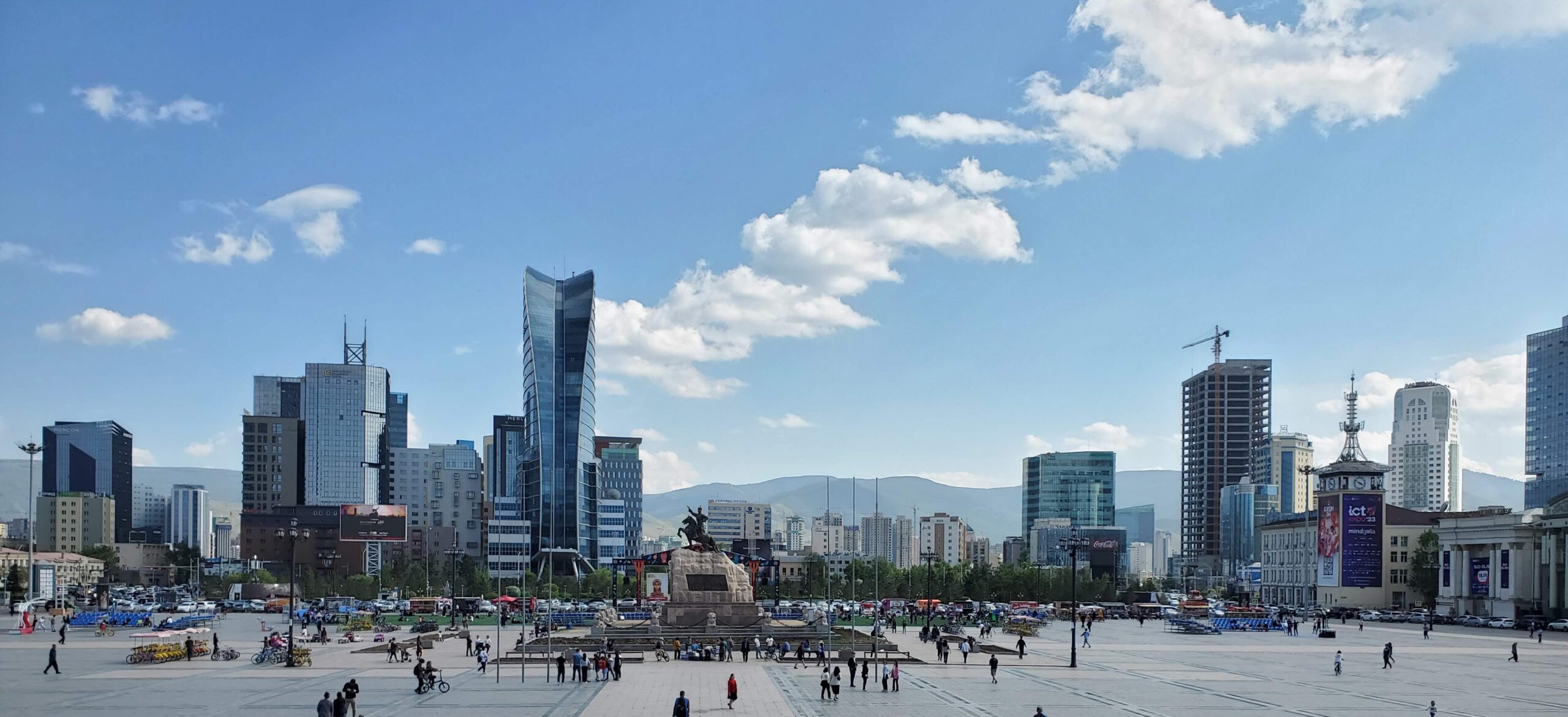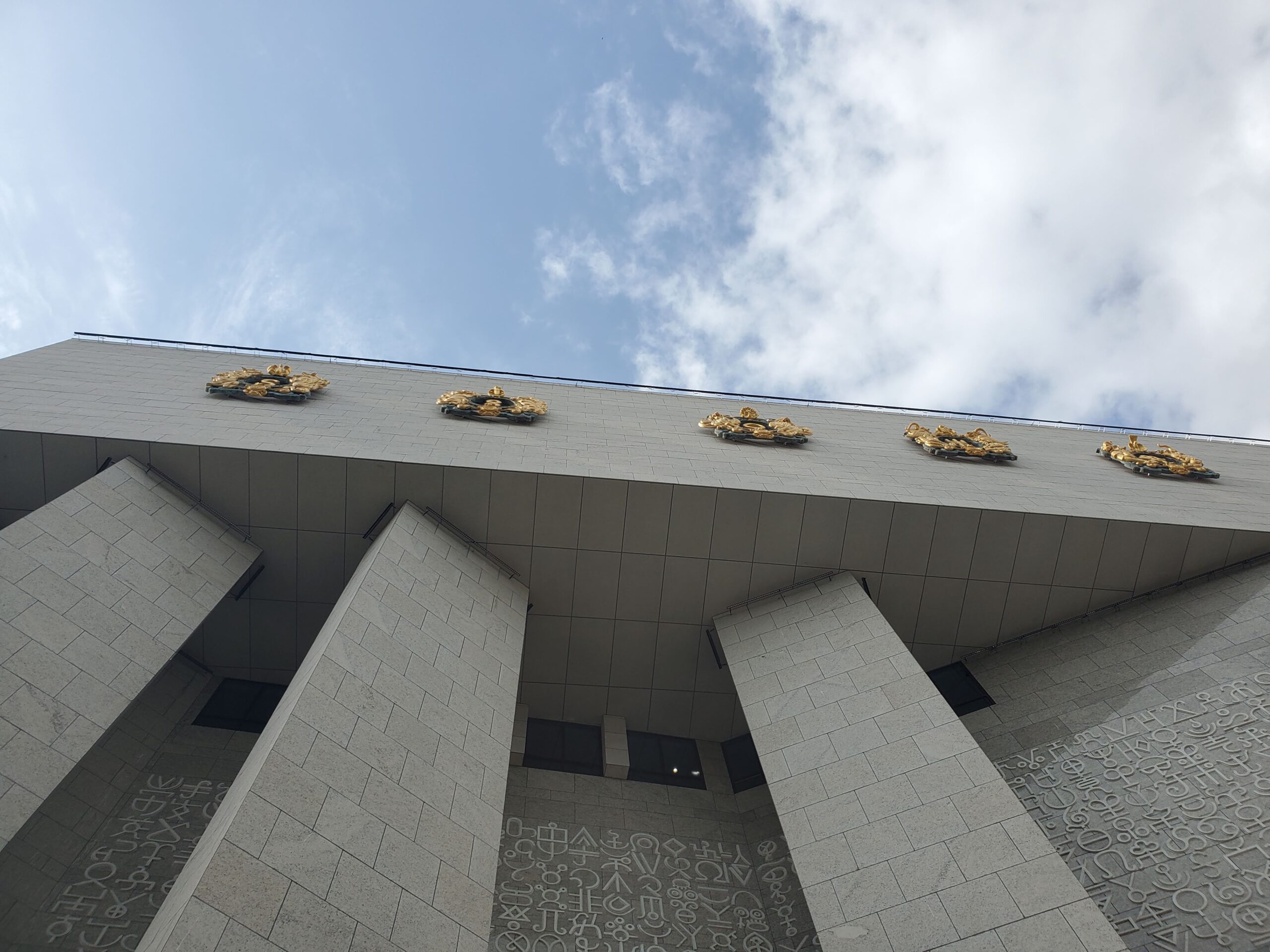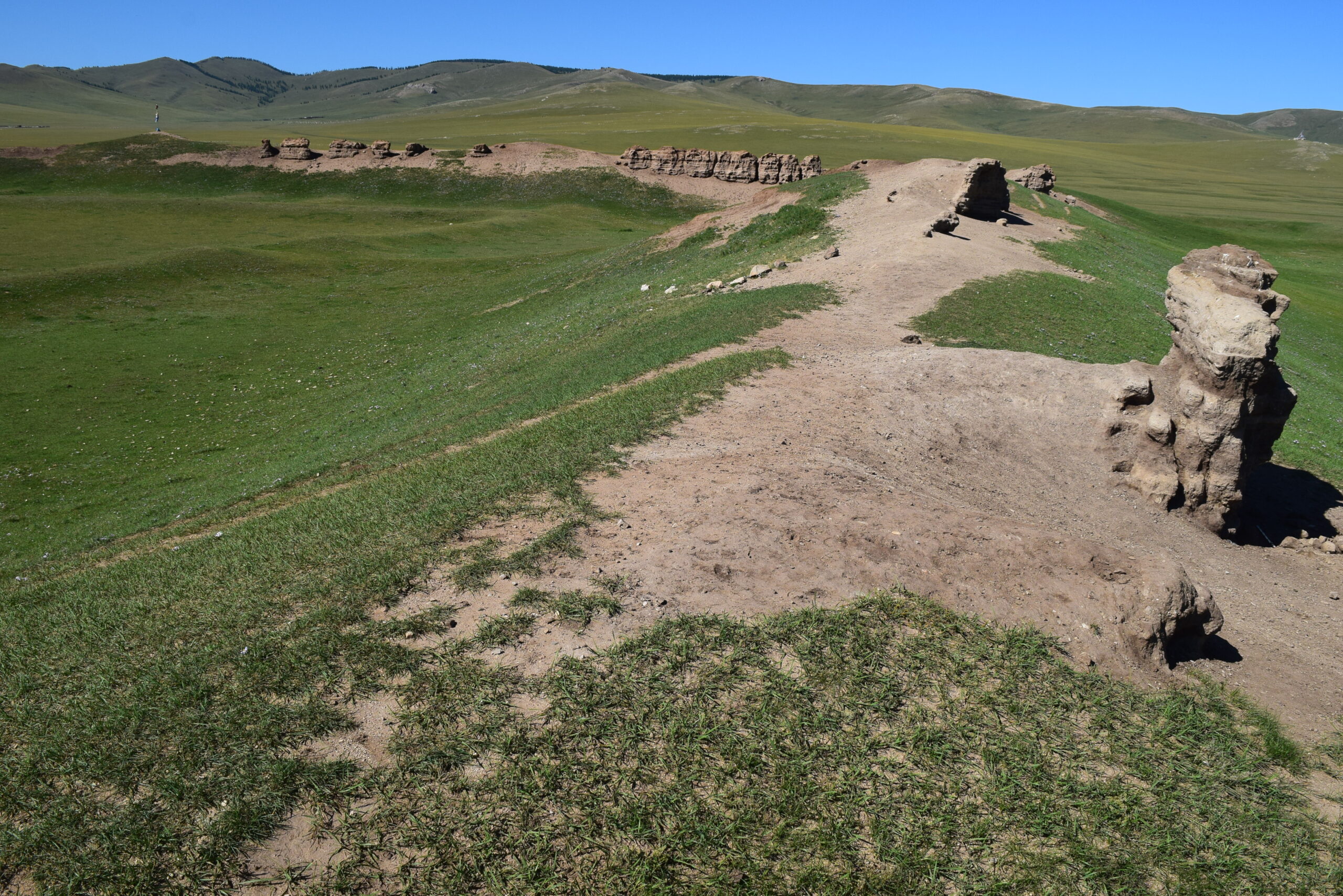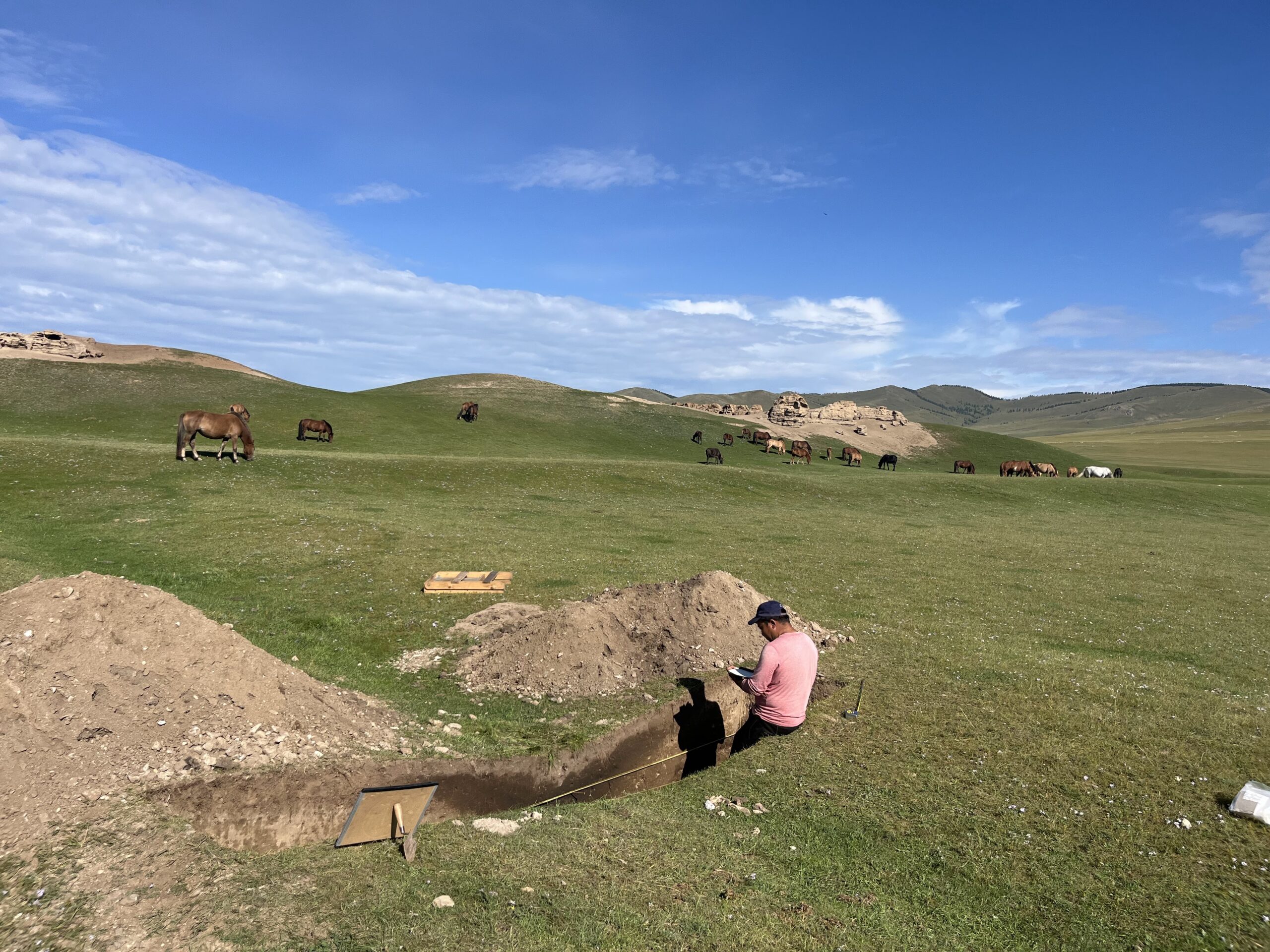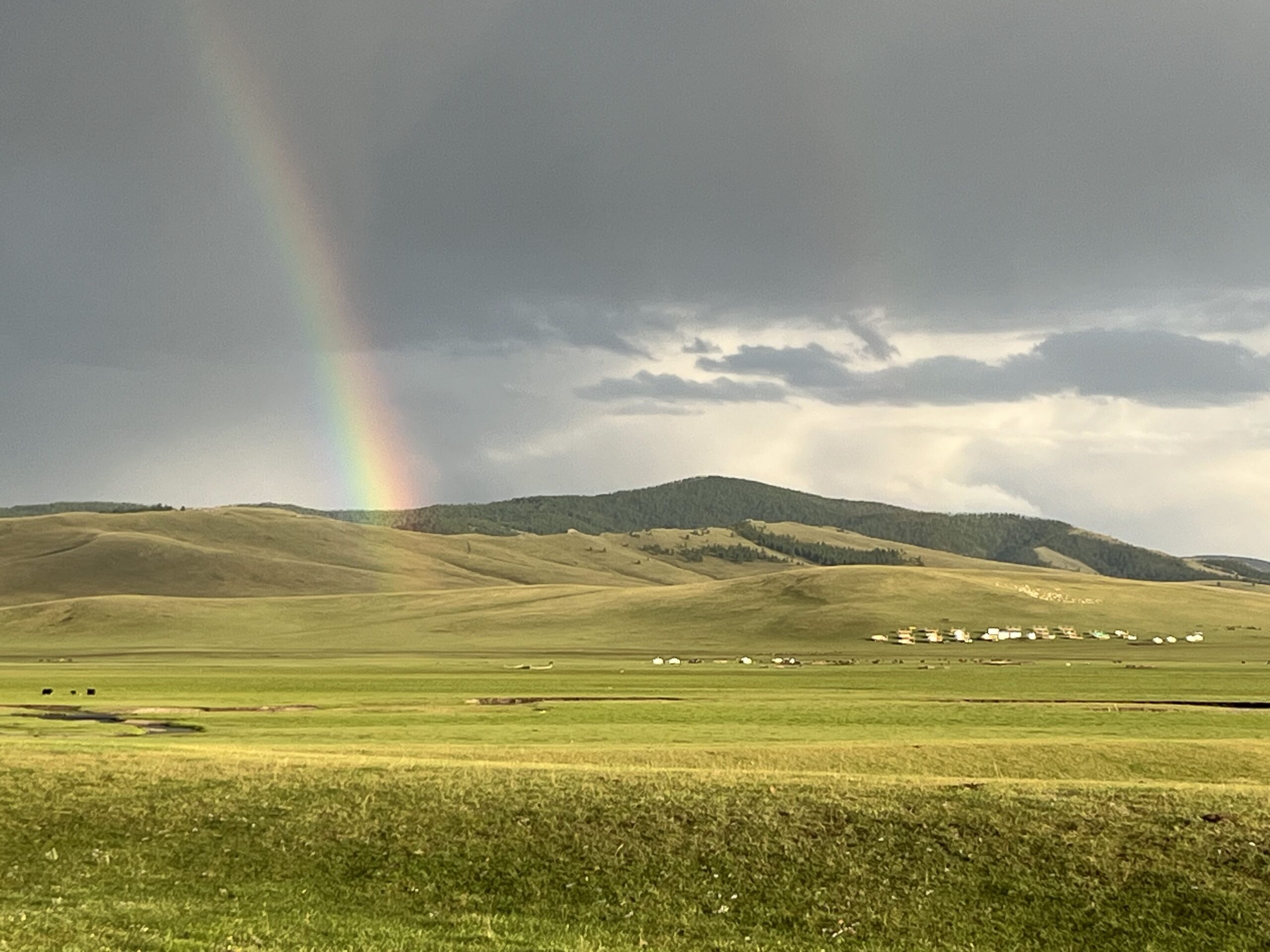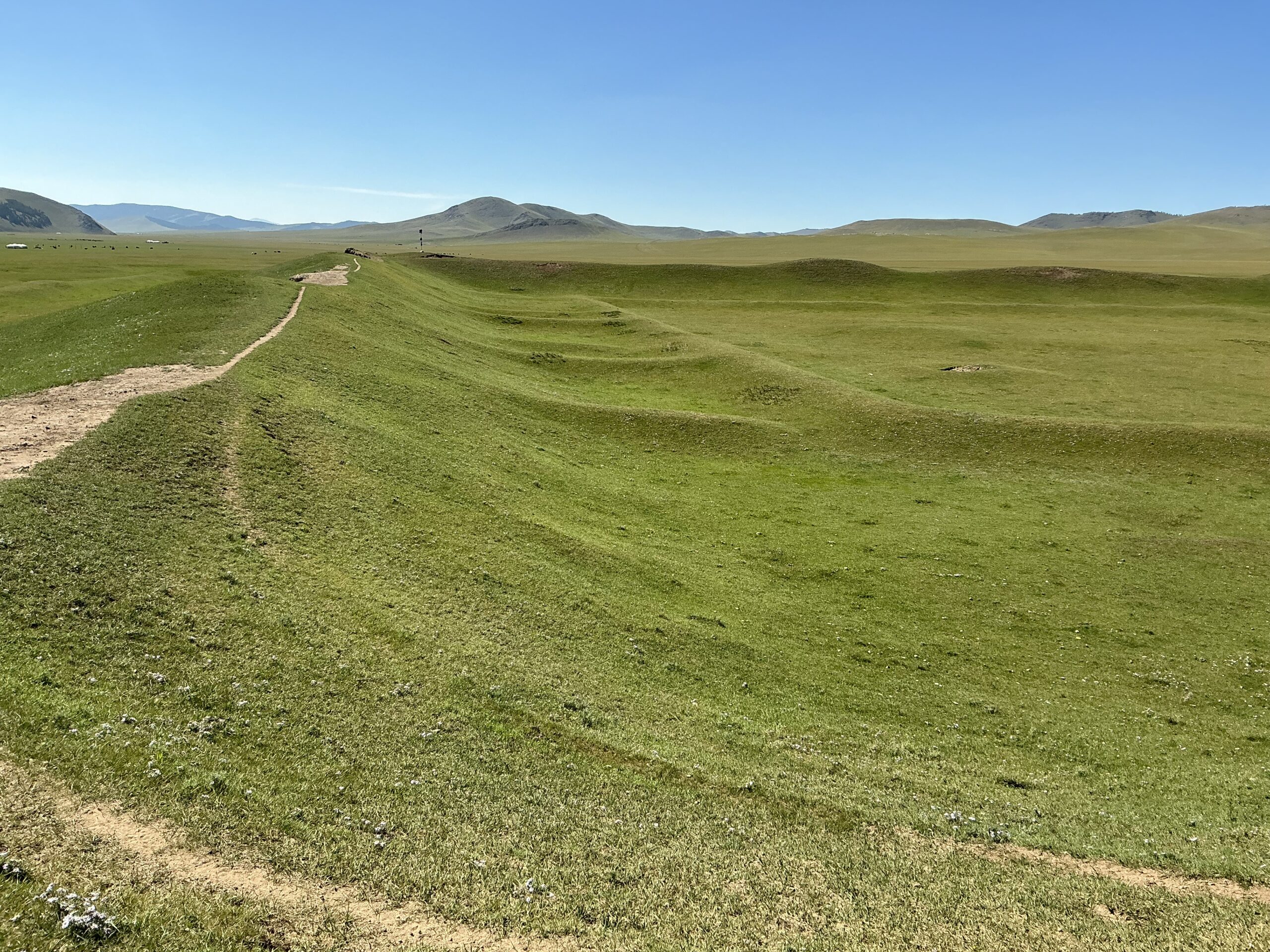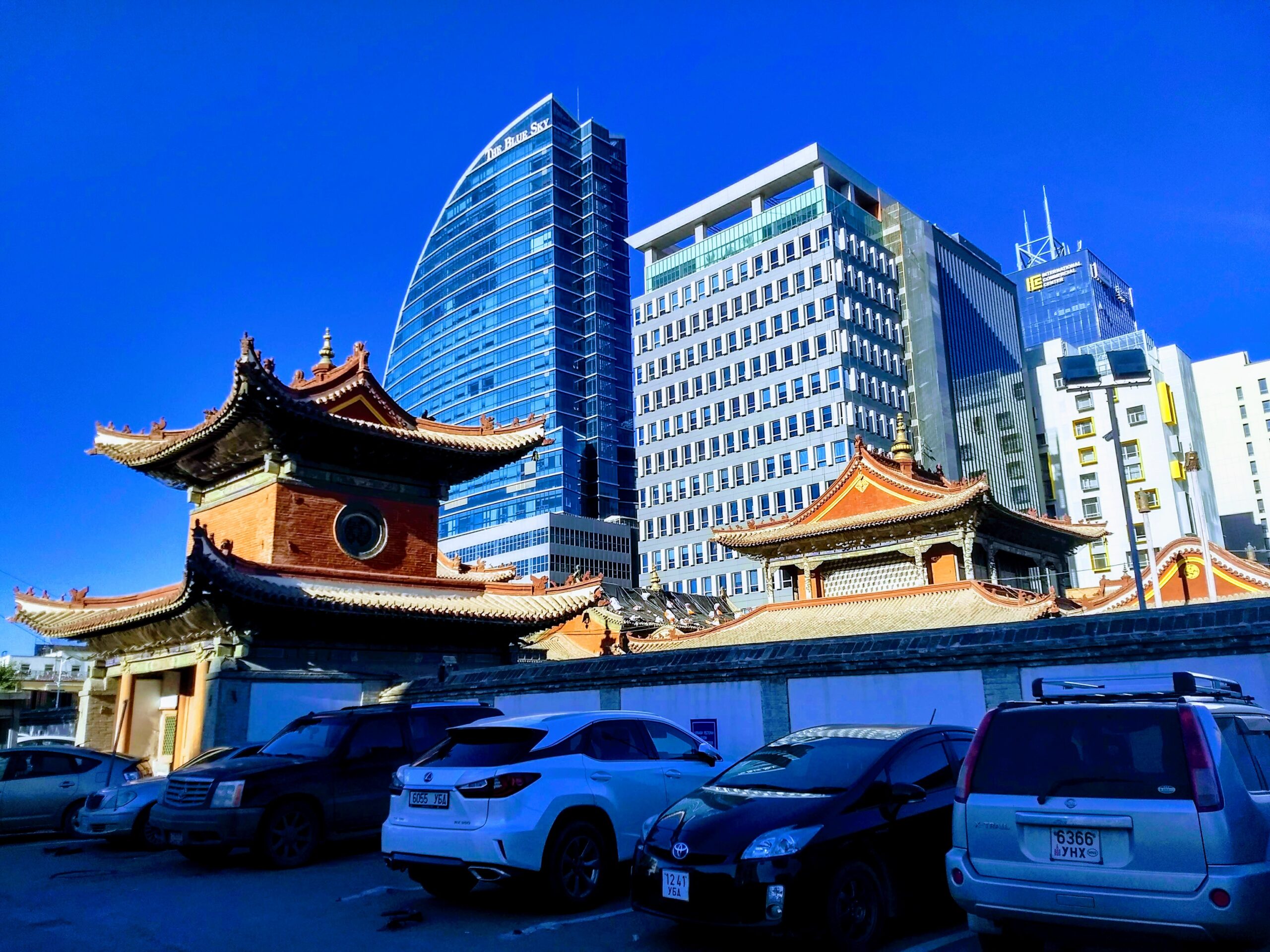Mongolia's Ancient Cities: Archaeological Excavation with the Uyghur Cultural Heritage Project
2 Sessions, 15 days each ◦ 3 Instructors and Support Staff
Dates:
Session 1: June 14-29, 2025 Session 2: June 28-July 12, 2025
Both Sessions: June 14-July 12, 2025
Tuition and Fees:
One Session: $3,500 (US/International); ₮1`200`000 (Mongolian)
Both Sessions: $6,750 (US/International); ₮2`000`000 (Mongolian)
Delve into Mongolia's fascinating past and gain hands-on experience excavating at a working archaeological site in Central Mongolia. Work alongside prominent American and Mongolian archaeologists on this Field School course led by Dr. Richard Ciolek-Torello, former Vice President of Statistical Research, Incorporated and Director of the Uyghur Cultural Heritage Project, to understand Mongolia's long history of urban settlement. Get acquainted with the powerful Uyghur Empire, one of the precursors of the Great Mongol Empire, while learning real archaeological methods and practices as a participant in this ongoing excavation. No prior experience with archaeology, Mongolia, or field research is required. You may apply to participate in one or both sessions of this course.
Course Overview
Today’s Mongolians are the descendants of nomads, who constructed some of the greatest polities of the Old World. Despite the prominent role of these empires on the world stage, surprisingly little is known of the indigenous organizational traditions from which they arose. These traditions involved mobile pastoral populations living in marginal environments – features commonly associated with egalitarian societies.
How and why states emerged in this unusual context is one of the foremost research questions in the archaeology of Central Asia and Mongolia in particular. Important to addressing this question is the study of the development of urban centers in the nomadic pastoral societies that populated the region. Although many urban centers are known, few have been studied intensively. To address this deficiency, in 2024 Dr. Richard Ciolek-Torello and his team began a long-term program of investigation at Tsagaan Sumiin Balgas, an urban center established by the Uyghur Empire in a tributary of the Orkhon Valley of central Mongolia sometime between the 7th and 8th Centuries CE.
The Uyghurs, who now reside in what is today western China, where they are persecuted, are the descendants of a Turkic group that built an empire in present-day Mongolia predating the better-known Mongol empire of Chinggis (Genghis) Khan. While previous empires in Mongolia built forts and temples, the Uyghurs built Mongolia’s first towns and cities. Dr. Ciolek-Torello and his team, in partnership with ACMS, have developed a comprehensive cultural heritage program to test theories of state development in nomadic societies while elucidating and preserving important Uyghur cultural heritage, including their ancient archaeological sites and monuments.
This unparalleled course offers participants the opportunity to learn archaeological practices and methods from a well-respected expert on a real, working excavation. Join us for one or both sessions of the program to build your archaeological skillset! No previous experience required.
This course can be taken together with other ACMS Field School courses such as Hustai National Park: Managing Biodiversity in the Home of Mongolia’s Native Horses(June 9-22) and/or Changing Biodiversity in Hustai National Park (July 21-August 3).
Research Goals and Learning Objectives
Research Goals
To address our research goals, we seek to gather information concerning the role Tsagaan Sumiin Balgas played in the nomadic Uyghur society—specifically who built the town, who resided there, and what activities took place there. Was it a center for political, religious, or commercial activities? Chronological considerations are also important. Based on a limited earlier investigation, some scholars believe that Tsagaan Sumiin Balgas was the first Uyghur urban center, built in the 7th Century before the establishment of the Uyghur empire. Other scholars disagree, arguing that the Uyghurs would not have built an urban center before they had established their empire. There is also limited evidence to support this view. Thus, one of this program's primary goals is to gather chronometric data to establish the dates of construction and occupation of the site. To this end, the program will conduct excavations and pedestrian surface survey to collect datable material such as wood, bone, ceramics, roof tiles, and coins. Bone and wood can be dated by radiocarbon dating, while some wood specimens may be dated through dendrochronological analyses. Pottery and roof tile styles can provide relative dates. Many of these artifacts, along with the documentation of construction methods and materials, also provide clues as to who might have built the town and resided there as well as relationships with both surrounding populations and more distant people. Participants will also employ conventional and drone digital photography in combination with state-of-the-art computer software to document their investigations and to create 3-models of the site and its environs. These digital models preserve the site in its present state and act as a baseline to identify deterioration over time caused by climate and human activities.
Learning Objectives:
Participants will gain an understanding of Medieval archaeology in Mongolia, from the time of the Uyghur Empire to Genghis Khan. They will have hands-on experience in basic archaeological methods of pedestrian survey, hand-excavation, artifact processing and recording, and digital mapping and photography. To place their archaeological learning in a broader context, students will also visit museums in Ulaanbataar and the World Heritage sites of the Orkhon Valley: Khar Balgas, the capital of the Uyghur Empire; Kharkhorin, the capital of the Mongol Empire; the great monastery of Erdene Zuu; and other nearby sites. Students will come away from this experience with a broad understanding of Mongolian archaeology from the Paleolithic Age to the historical period while helping preserve important, endangered cultural heritage.
Anticipated Course Activities
Day 1
Day 2
Day 3
Days 4-7
Day 8
Day 9
Days 10-14
Day 15
Instructors

Dr. Richard Ciolek-Torello
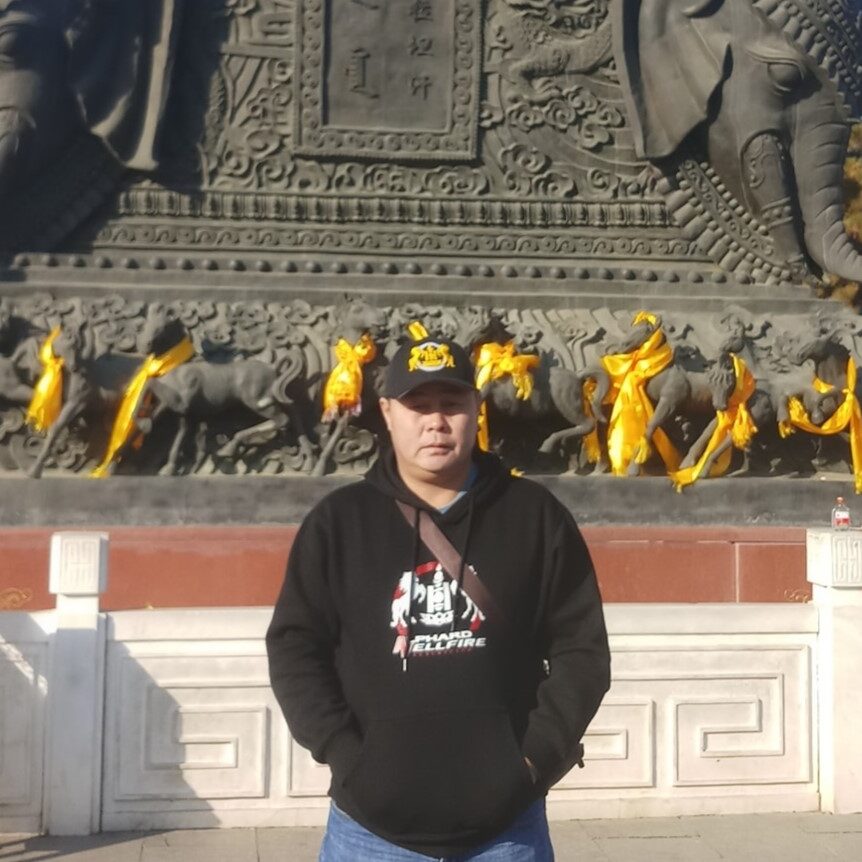
Dr. Tsend Amgalantugs
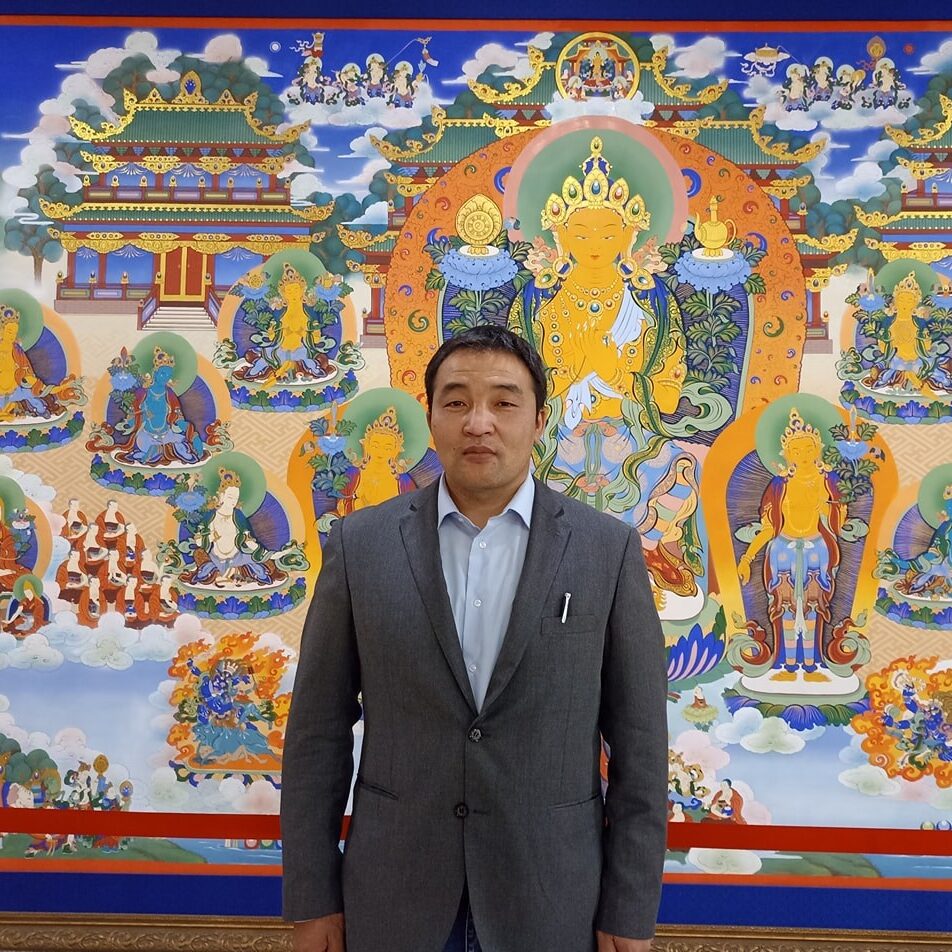
Dr. Tumir-Ochir Batbayar
Testimonials



